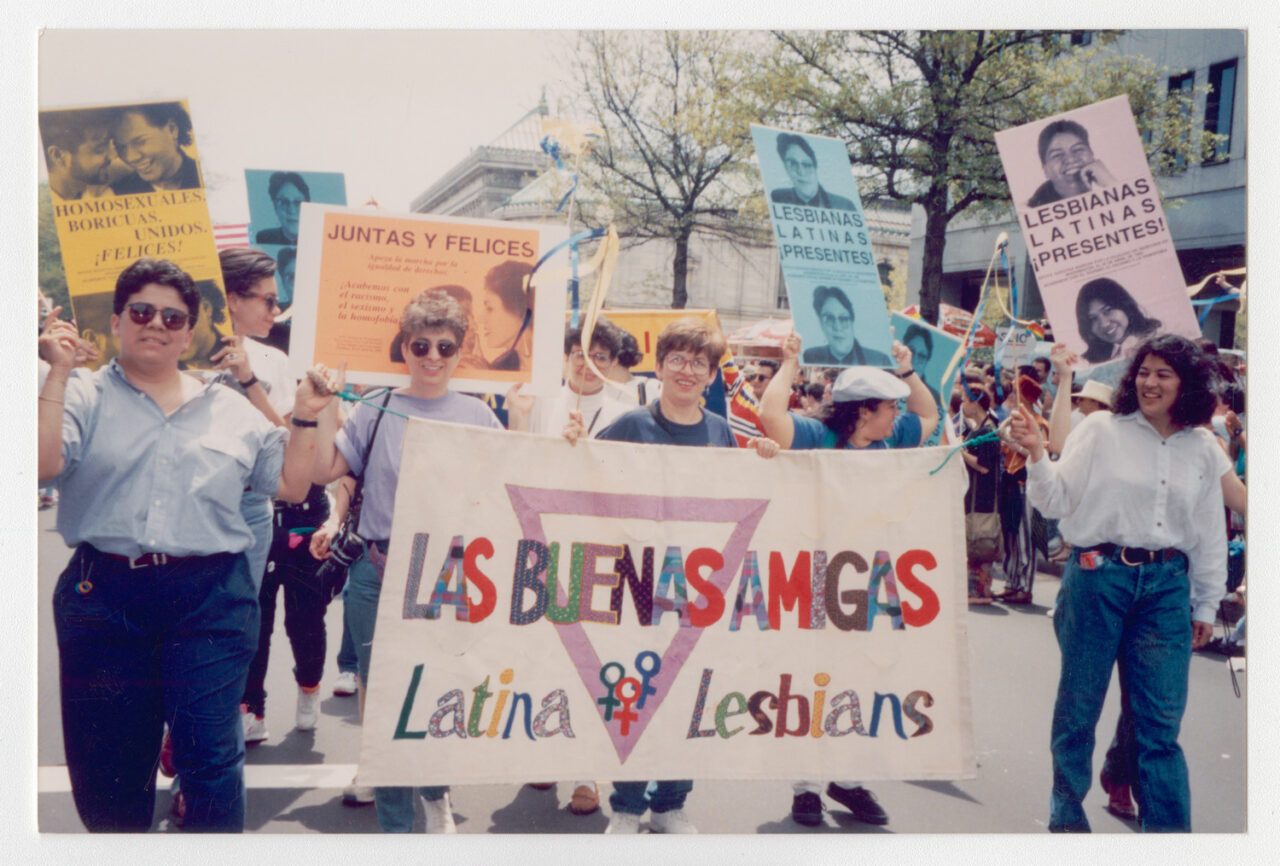CHM Blog
Sharing Chicago Stories
Community Histories | October 24, 2023
Why We’re Saying “Latine”
CHM curator of civic engagement and social justice Elena Gonzales writes about the history and definitions of various descriptors of
Read More
Sharing Chicago Stories
Community Histories | October 24, 2023
CHM curator of civic engagement and social justice Elena Gonzales writes about the history and definitions of various descriptors of
Read More